Cottingley Fairies Fakery Discoverer Dies
Posted by: Loren Coleman on August 26th, 2011
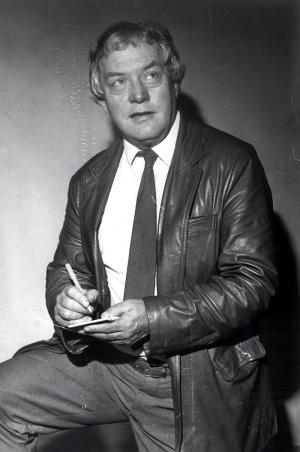
Joe Cooper, the man who exposed the Cottingley Fairies fakery has died.
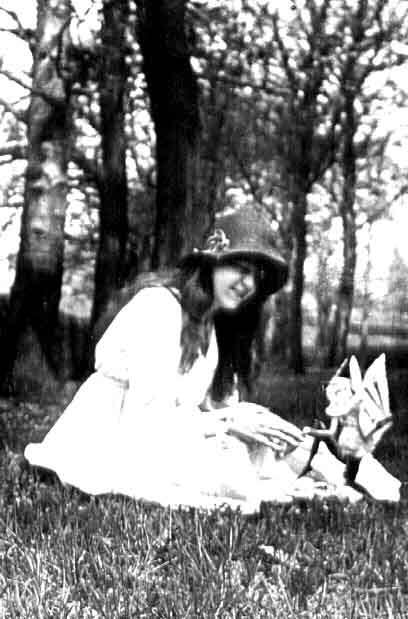
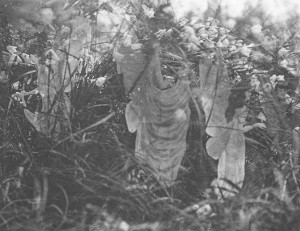
How in the world could anyone “believe” in these fairy photographs? Of course, we must remember, the world was very different in the 1910s and the 1920s.
Yes, even I had my own encounter with the Cottingley Fairies during the “high strangeness times” of the 1970s.
Appearing in 1975 and 1978, my first two books were paperbacks coauthored with Fortean friend and writer Jerry Clark. (They have been republished in 2006, as a special double edition with a new introduction, entitled The Unidentified and Creatures of the Outer Edge: The Early Works of Jerome Clark and Loren Coleman from Anomalist Books.)
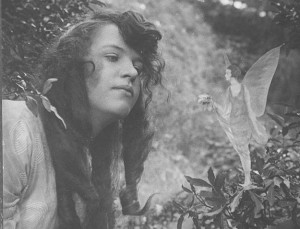
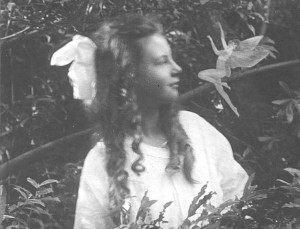
Jerry Clark and I dealt with the Cottingley Fairies in our first book, and even as we have rejected much of that book (read our new 2006 introduction here), things in print do live on, despite the future paths that Jerry and I were to follow. The combined book is a fun read, filled with great cases, and I still am proud of the ground it broke back then. It does contain lots of material.
The Unidentified has intriguingly marginal information on cryptozoology. Historically, Creatures of the Outer Edge is more significant, in terms of looking at strange critters at the time it was published. Creatures of the Outer Edge surveys the cryptozoologically bountiful decade of the 1970s (and, of course, related cases of the past) with accounts on Mothman, Owlmen, Thunderbirds, Phantom Panthers, Devil Dogs, Texas Big Birds, and, yes, of course, Bigfoot.
Some of the individually “named” local Bigfoot creatures first appeared in Creatures of the Outer Edge, including Momo (Missouri Monster), Lake Worth Monster, Murphysboro Mud Monster, the Enfield creature, El Reno Chicken Man, Noxie Monster, Navajo’s Skinwalkers, and Yukon’s Bushman. Creatures of the Outer Edge also introduced the now-iconic Dover Demon for the first time to the general public. The appendix is entitled “1977 – A Year Filled With Monsters.”
People still mention to me today how much they liked the books, and have rediscovered it in this new edition. But then someone brings up the business of the Cottingley Fairies in it, and it seems like a time to duck.
Today, I want to talk, forthrightly, about one chapter, “Fairyland: The Magical Impulse,” contained in the 1975 book. One section of The Unidentified’s fairylore section that I was always uncomfortable with was about the “Cottingley Fairies.”
Indeed, my first wife, anthropologist Toni-Marie Campbell, fueled my skepticism in this regard, and mentioned to Jerry and me the standard cautionary view. This was noted in the book’s chapter that was primarily written by Jerry Clark, via two passages:
(1) “There is no denying that the supposed fairies resemble nothing so much as paper cutouts.” [p. 81]
And (2) “critics have been quick to observe, the female Cottingley fairies wear the kinds of hairdos and clothing that was fashionable in England in 1917 and 1920, when the pictures were taken.” [p.87]
It is a coauthored book. I take full sponsibility for the Cottingley Fairies distraction therein.
Of course, the Cottingley Fairies were proven to be fakes, a jest, joke, or prank gone badly wrong, a few years later.

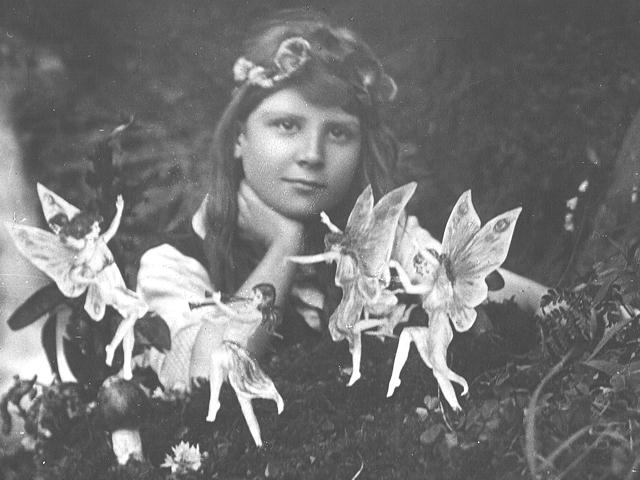
Now, the primary debunker has passed away, and in Joe Cooper’s Guardian obituary by Martin Wainwright, the man’s life is put into context, for Cooper still considered the reality of “little people,” even though the Cottingley Fairies were a hoax.
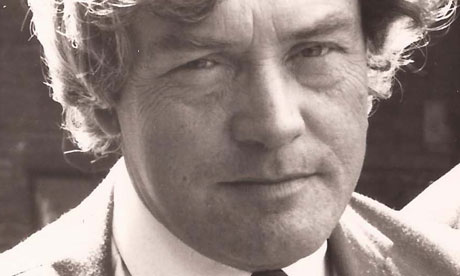
He got the Cottingley fairy fakers to confess
Joe Cooper, who has died aged 87, was the jovial debunker of the celebrated Cottingley fairy photographs (supposedly showing fairies captured on film in a Yorkshire garden in 1917). He remained a firm believer in unexplained phenomena to the end. In spite of finally prompting a confession of fakery by one of the two cousins who took the pictures, Cooper was far from sceptical about the existence of “little people” and thought that something genuinely unusual had happened in the West Riding village.
His engaging and sympathetic approach ended the long deception by the cousins, Frances Griffiths and Elsie Wright, who were in their 80s when Cooper’s interview appeared in the magazine The Unexplained in 1983. They described to him how the “fairies” had been copied by Wright from a well-known children’s book of the time, The Queen’s Gift Book, and then held in place with hatpins.
Such trickery was widely assumed to have taken place by the time the interview appeared, in spite of the early endorsement of the images by photographic specialists and eminent figures, notably the writer Sir Arthur Conan Doyle. In a television discussion after Cooper’s story had been published, Griffiths explained how she and Wright had seen a childish joke get wildly out of hand, because of people who “believed because they wanted to believe”.
In a sense, this was true of Cooper, who combined an academic career with less conventional enthusiasms to which he devoted great zest. He promoted astrology and psychic investigation winningly, believing in Conan Doyle’s summary of the fairies: “The recognition of their existence will jolt the material 20th-century mind out of its heavy ruts in the mud, and will make it admit that there is a glamour and mystery to life.”
[More on sociologist Joe Cooper here.]
Cooper met the Cottingley fairies cousins in the early 1970s and got to know them well. He later wrote a book, The Case of the Cottingley Fairies (1990), about the episode which played a part in the 1997 film Fairy Tale – a True Story.
He is survived by his son, David, and daughter, Jane.
• Henry Joseph Cooper, sociologist, born 3 February 1924; died 16 August 2011
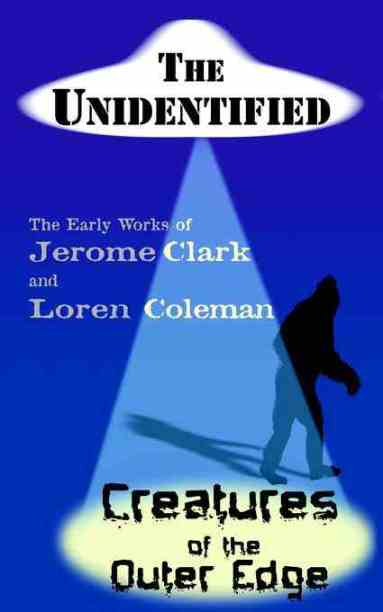
I hope everyone enjoys the trip down memory lane and good data that you still can find in The Unidentified and Creatures of the Outer Edge: The Early Works of Jerome Clark and Loren Coleman, in spite of the Cottingley Fairies!
About Loren Coleman
Loren Coleman is one of the world’s leading cryptozoologists, some say “the” leading living cryptozoologist. Certainly, he is acknowledged as the current living American researcher and writer who has most popularized cryptozoology in the late 20th and early 21st centuries.
Starting his fieldwork and investigations in 1960, after traveling and trekking extensively in pursuit of cryptozoological mysteries, Coleman began writing to share his experiences in 1969. An honorary member of Ivan T. Sanderson’s Society for the Investigation of the Unexplained in the 1970s, Coleman has been bestowed with similar honorary memberships of the North Idaho College Cryptozoology Club in 1983, and in subsequent years, that of the British Columbia Scientific Cryptozoology Club, CryptoSafari International, and other international organizations. He was also a Life Member and Benefactor of the International Society of Cryptozoology (now-defunct).
Loren Coleman’s daily blog, as a member of the Cryptomundo Team, served as an ongoing avenue of communication for the ever-growing body of cryptozoo news from 2005 through 2013. He returned as an infrequent contributor beginning Halloween week of 2015.
Coleman is the founder in 2003, and current director of the International Cryptozoology Museum in Portland, Maine.










This article reminded me of another movie about fairies that also came out in 1997. I found this film to be one of the weirdest movies I have ever seen. I originally saw it on TV (a few years ago), but have never seen it since. It is titled “Photographing Fairies.” Really weird. Anyone else seen this one??
The girls, during interview as old ladies, said that they really saw fairies!
A C Clarke
world of strange powers fantastic photographs
I was just going to comment: yes, the photos were ferreted out as fakes, but as I recall, the girls did really claim to have seen actual fairies, but they couldn’t get a photo. Correct me if I’m wrong.
purrlcat…I remember seeing that…not for years, but I remember it. You can probably find it on IMDB. I at least always thought the premise around those two girls was interesting. Not sure if they were on the money or not, but Europe is the “old world” and there’s tales of fairies, little people, sprites, goblins and such going back for centuries.
Most of our cryptids have a mythology and a history either verbal or written or both, and who am I to say there’s not a “something” people have seen in those lands that isn’t some cryptid? If something as big as Bigfoot can maintain its anonymity, how about something little? 🙂
At any rate, the story of the girls and their fairies always intrigued me. Much like the accounts of mermaids. Odd and off the beaten track, but interesting.